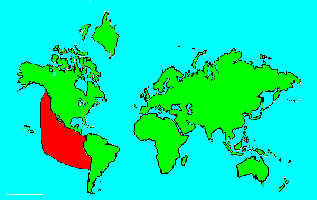SPECIES INFO
The California small hole abalone, Haliotis californiensis, is now placed as a subspecies of the black abalone (Haliotis cracherodi). The species is found from Oregon south to Baja California. The californiensis subspecies appears more often in the southern part of its range. This species can grow to about 5 inches across. The current nomenclature has the form without holes named imperforata, and the form with small holes named ssp californiensis.The abalone family (Haliotidae) contains about 100 species. Several of these are considered valuable seafood, and some are currently farmed. These are usually found in temperate and tropical seas. These are mostly found from low tide, and rarely to several hundred feet.
Two auricle shells (Diotocardia Order) are families of gastropod shells that possess primitive characteristics such as: two auricles in the heart; two gills with a double row of filaments; and nerve cells in the foot not concentrated into ganglia. The interior of the shell has a layer of mother-of-pearl. The more advanced forms may display an interior that is porcelain-like.
Gastropods (Class Gastropoda) contain the snails, conchs, and similar snail-like animals. There are about 105,000 species of gastropods. This class is divided into several separate orders:
Sub Class Streptoneura - (57,000 species)
Order Diotocardia: - Two sets of organs
Order Monotocardia: - One set of organs
Sub Class Euthyneura - (48,000 species)
Order Cephalaspidea: - thin shells, etcetera
Order Nudibranchia: - sea slugs
Order Pulmonata: - snails and slugs
Mollusks (Phylum Mollusca) are a large and varied group of animals. Some species are found on land; others are found in freshwater; many are found in the oceans of the world. The most familiar mollusks have an external shell surrounding a soft body. Well-known examples of mollusks are snails and clams. The major classes are as follows:
Ablacophora: - - - Worm appearing
Polhyplacophora (Amphineura): - Chitons
Scaphopoda: - - - Tusk Shells
Gastropoda: - - - Gastropods
Bivalvia (Pelecypoda): - Clams, etcetera
Cephalopoda: - - - Octopus, Nautilus
Monoplacophora: - - - A recent discovery
Animal Kingdom contains numerous organisms that feed on other animals or plants. Included in the animal kingdom are the lower marine invertebrates such as sponges and corals, the jointed legged animals such as insects and spiders, and the backboned animals such as fish, amphibians, reptiles, birds, and mammals.


